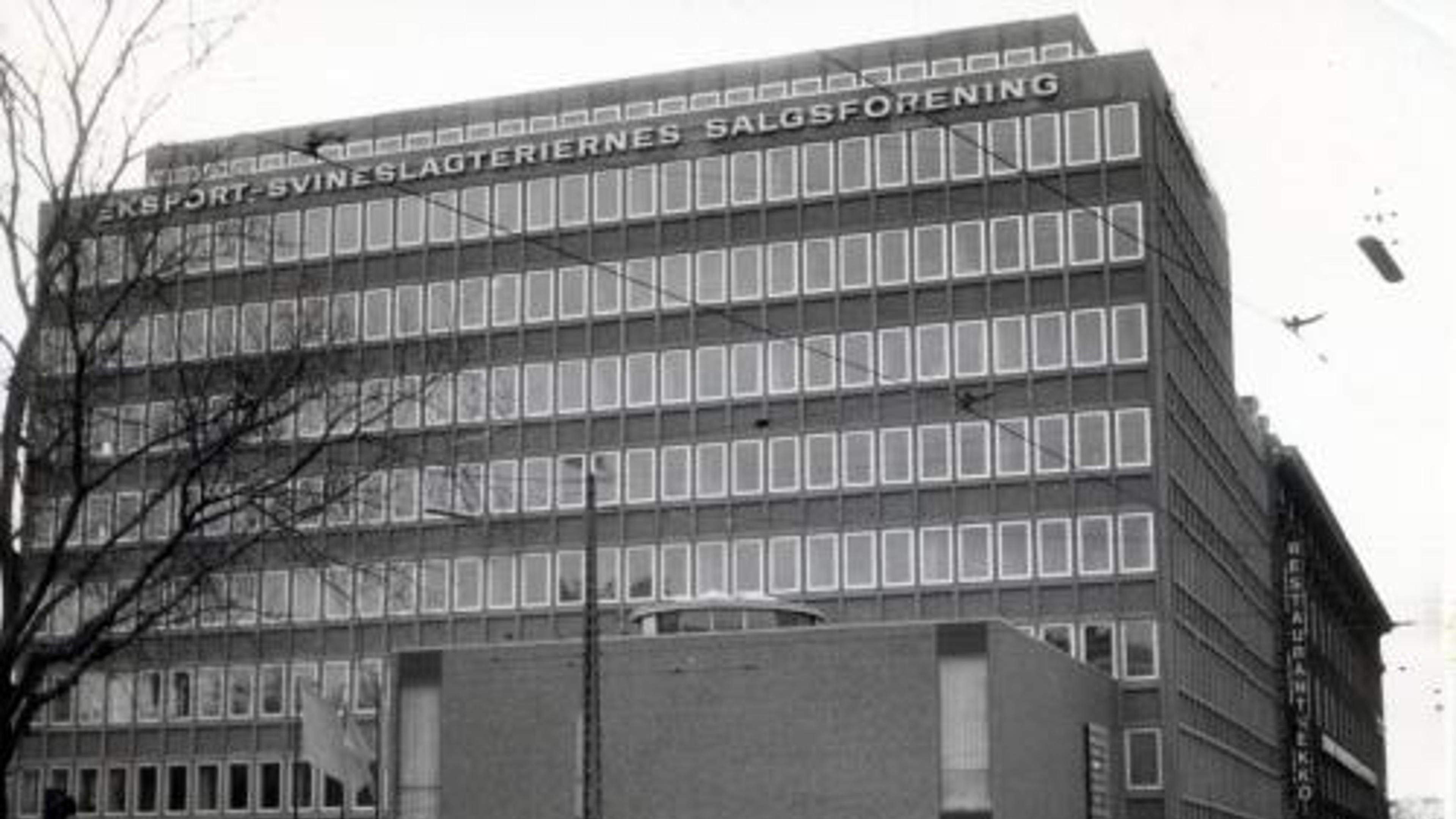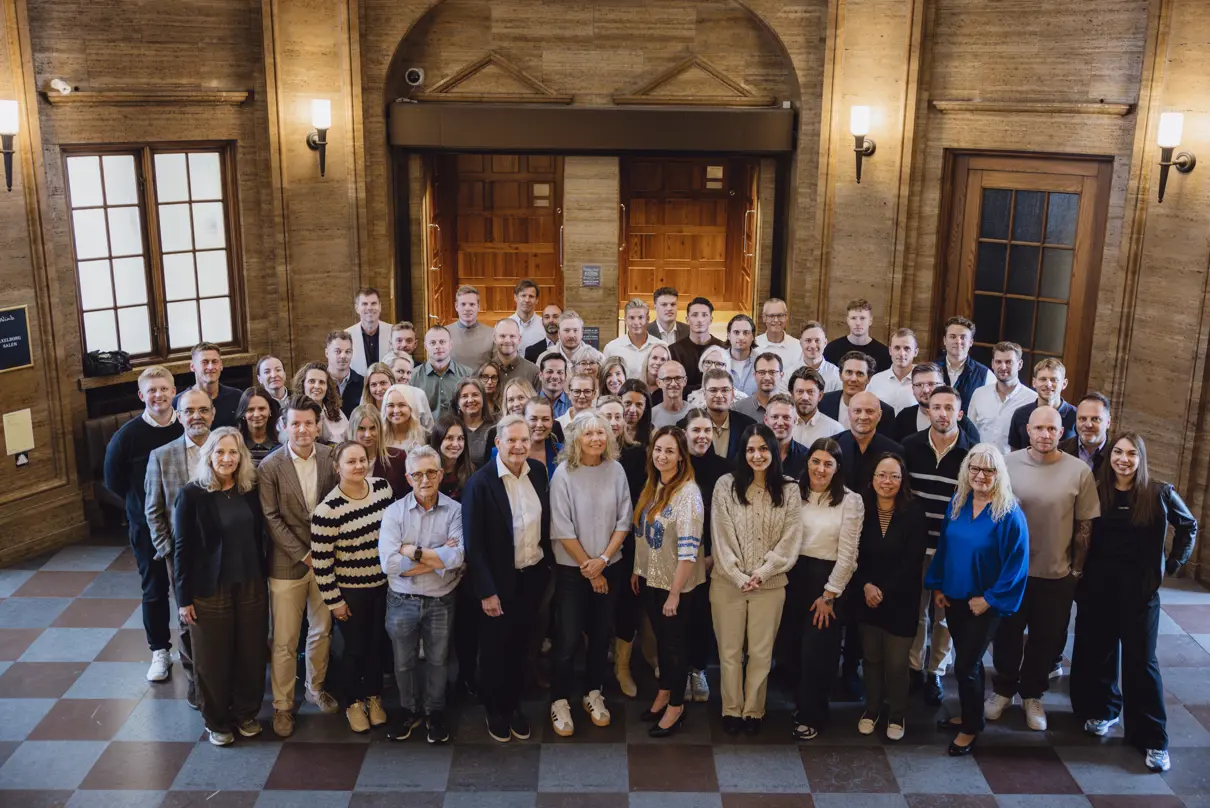ESS-FOOD, part of the Danish Crown Group, stands as a global leader in the bulk meat trading industry. Whether it's pork, beef, poultry, or seafood, we handle the business complexities.
With 21 offices globally and decades of experience, we connect meat producers with manufacturers, retailers, distributors, and foodservice, ensuring the right match and the best price. We trade approximately 376.000 tonnes of food safely each year, ensuring timely delivery through our multilingual and agile handling. In short, we open global markets for your business.
Our partners rely on us to match the right buyer with the right product, delivered at the right place and time. But our role extends beyond transactions; we are a trusted partner who takes responsibility and adds value. We are always available, today and in the future.
At the heart of our business is trust. Without it, we wouldn't exist. We look forward to earning your trust and building a lasting partnership.
The concept of a shared sales office for cooperative pig slaughterhouses was first proposed.
ESS-FOOD's origins and evolution dates back to 1890, when the concept of a shared sales office for cooperative pig slaughterhouses was first proposed.
Seven years later, this idea became a success as 'De Samvirkende Danske Andelssvineslagterier', now known as 'Danske Slagterier' (DS = Danish Slaughterhouses).
The cooperative aimed to establish a strong organisation capable of engaging in industry discussions at the highest governmental levels, while also standardising quotation, classification, and feeding system.
In 1950, the name ESS-FOOD was introduced, becoming the commercial arm of Danish Slaughterhouses, officially known as 'Eksport Svineslagteriernes Salgsforening' (Export Slaughterhouses Sales Company).

Exporting Danish Products - During the 1950s and 1960s, ESS-FOOD managed the majority of bacon exports to the United Kingdom (UK), at the one point handling 33% of all Danish pig exports. In 1967, ESS-FOOD and DFDS launched the 'Container Transport-System', revolutionising bacon transportation:
- Bacon sides were transported unpacked in cooling containers directly from slaughterhouses to British buyers, without reloading at shipping or receiver ports.
- Sea transport utilised specially built container ships with advanced loading and unloading methods on a roll-on/roll-off basis.

This collaboration led to significant investments by DFDS, which began constructing these specialised container ships. Esbjerg and Grimsby were chosen as the loading ports.

Two years prior to the 'Container-Transport-System', ESS-FOOD established the 'Bacon Container Central' in Esbjerg's port, laying the foundation for the entire container transport system. From the Bacon Central, ESS-FOOD managed all transportation planning from Denmark, maintenance, materials used, and packing of bacon sides in containers. It started with 400 containers and 30 prime movers, including some stationed in Grimsby (UK).
The journey forward - The cooperative of Danish slaughterhouses eventually dissolved, with many members leaving the shared office where ESS-FOOD managed Danish exports. The turning point for ESS-FOOD and the cooperative occurred in 1984, when it was decided that ESS-FOOD would no longer handle UK exports or other markets like Japan.
Slaughterhouses such as Tulip began exporting independently, allowing owners and collaborating slaughterhouses to sell and export without going through ESS-FOOD.
This led to new rules defining the trading house ESS-FOOD is today:
- Danish slaughterhouses were no longer required to fulfill and deliver products to ESS-FOOD's specifications on product cuts.
- ESS-FOOD was no longer required to exclusively sell Danish slaughterhouse products.
This major shift enabled ESS-FOOD to buy and sell products regardless of their origin, allowing the company to trade with anyone.
The content could not be shown due to the current cookie settings
To access the blocked content please change your cookie-settings.
The content needs acceptance of the following cookies:
- Statistic
- Funktional
- Marketing
The competing sibling - Around that time, DAT-Schaub A.m.b.a. recognised opportunities in meat trading and established DAT-Schaub International, becoming a significant player in global meat trading with various offices globally. DAT-Schaub partnered with major slaughterhouses in Finland (HK), Norway (Nortura), and Sweden (Swedish Meats), founding FINDANE, NORIDANE, and DSK (Dansk-Svensk) in the beginnings of the 80's. These companies developed strongly and became important market players, eventually competing against each other. Noridane was sold to Nortura, and Findane and DSK merged into DAT-Schaub International to avoid internal competition and employee poaching.
The ESS-FOOD we know today
Before 1984, ESS-FOOD had already established offices in various countries. These offices transitioned from distribution centers to purchasing products locally for exports, initiating the trading operations of ESS-FOOD as we know today.
During the mid-90s, various slaughterhouses merged under the common name Danish Crown, acquiring the majority of ESS-FOOD. At this time, Danish Crown slaughterhouses maintained their own export operations,and many international offices were re-branded under the Danish Crown name, raising questions about ESS-FOOD's existence.
In the early 2000s, ESS-FOOD was divided into DAT-Schaub International, DAT-Schaub A.m.b.a., and Emborg Foods (later sold).
In 2007, DAT-Schaub International reverted to the name ESS-FOOD to avoid customer confusion, as DAT-Schaub A.m.b.a. was well-known for casings, while DAT-Schaub International focused on trading.
The name change back to ESS-FOOD was seamless, as it remains one of the most well-known and trusted names in international meat trading.
The content could not be shown due to the current cookie settings
To access the blocked content please change your cookie-settings.
The content needs acceptance of the following cookies:
- Statistic
- Funktional
- Marketing
